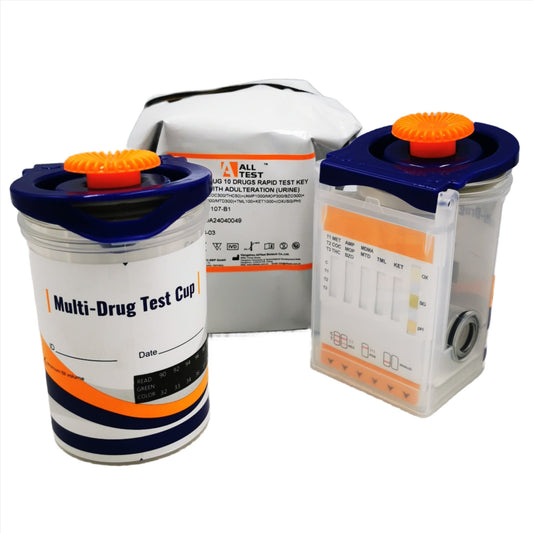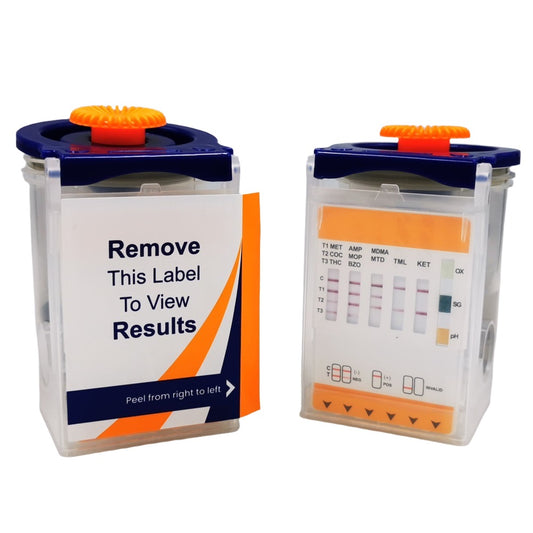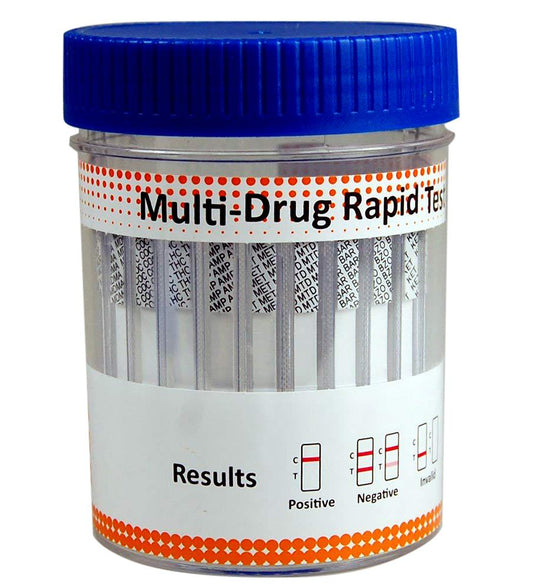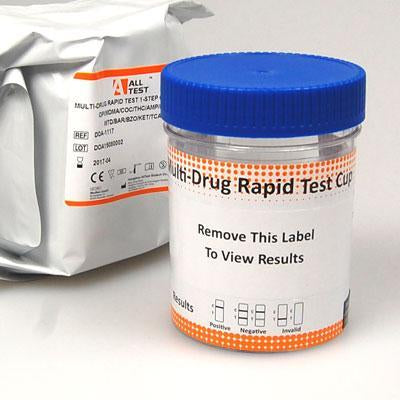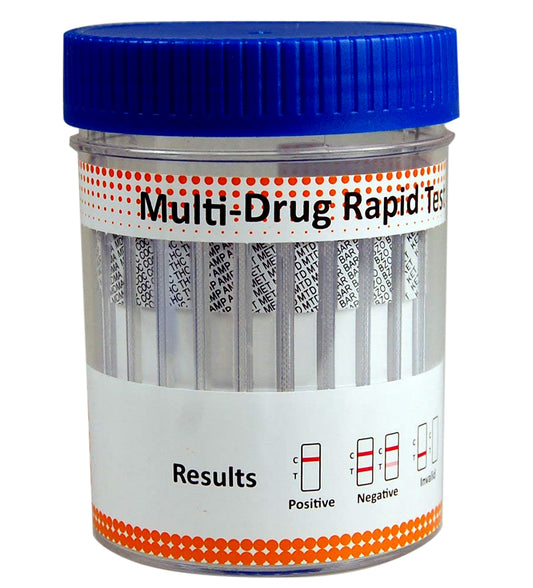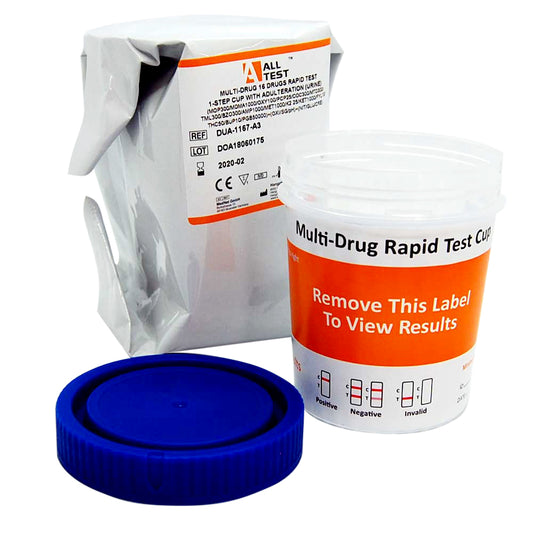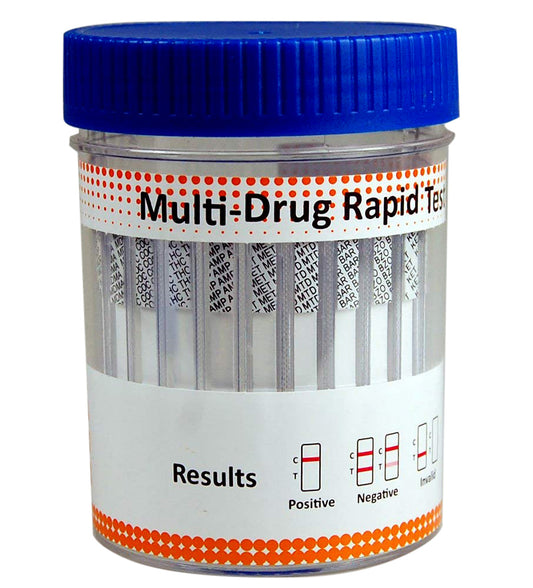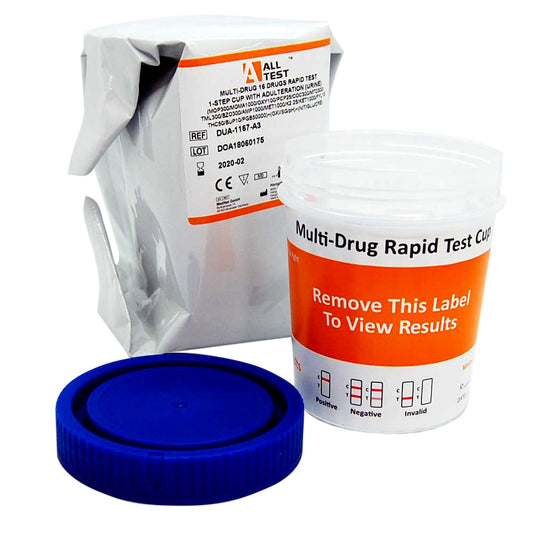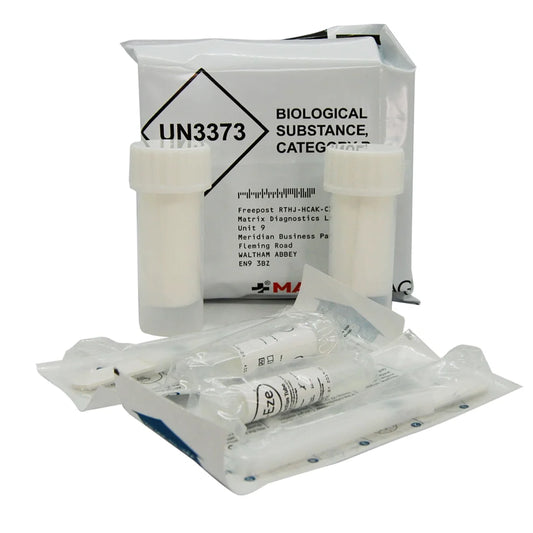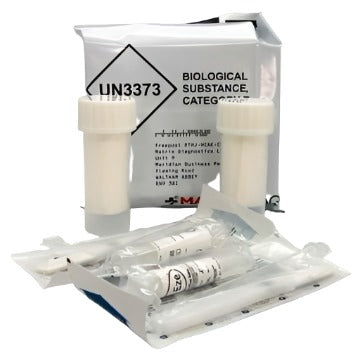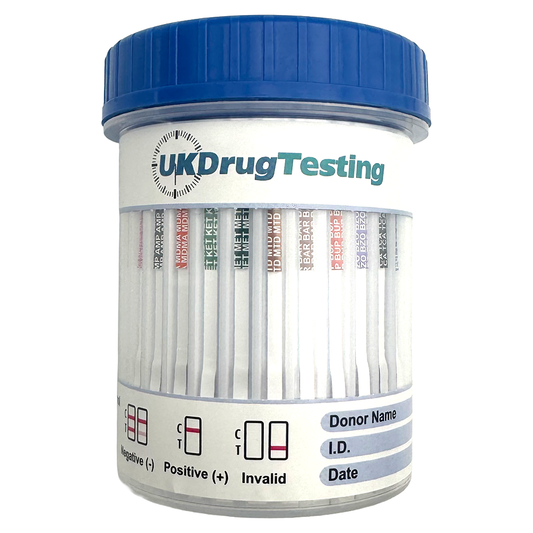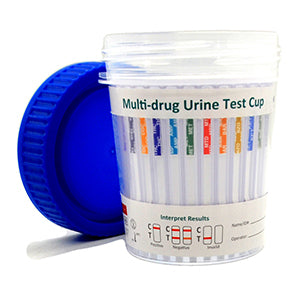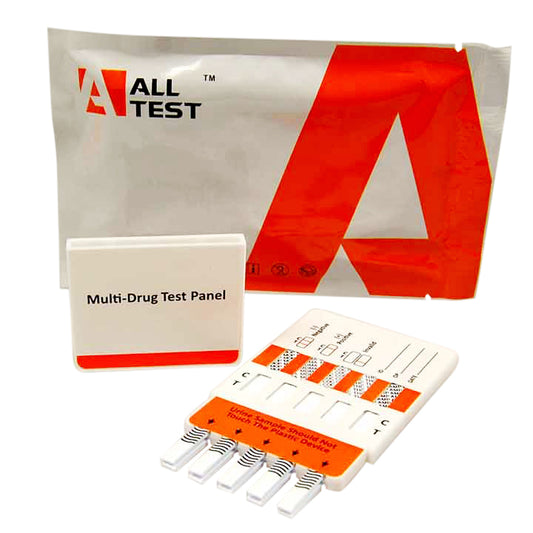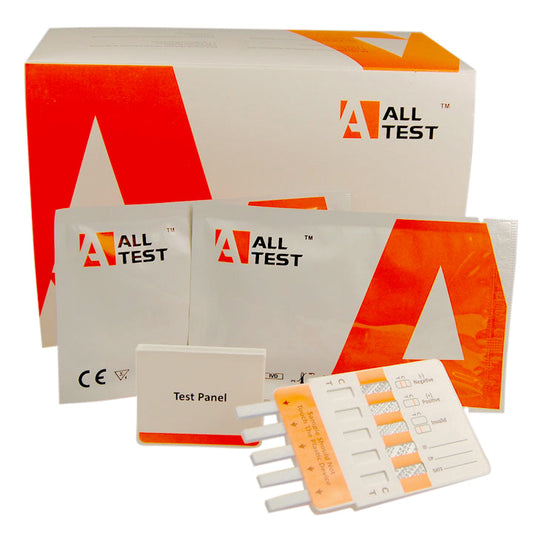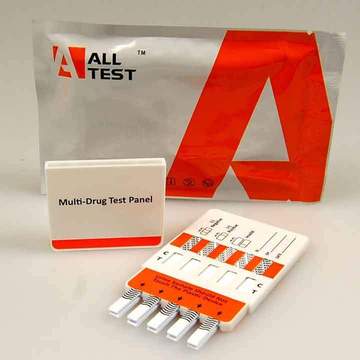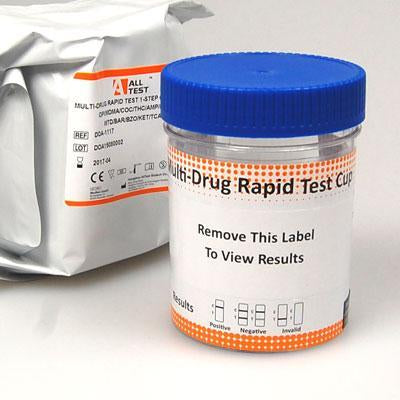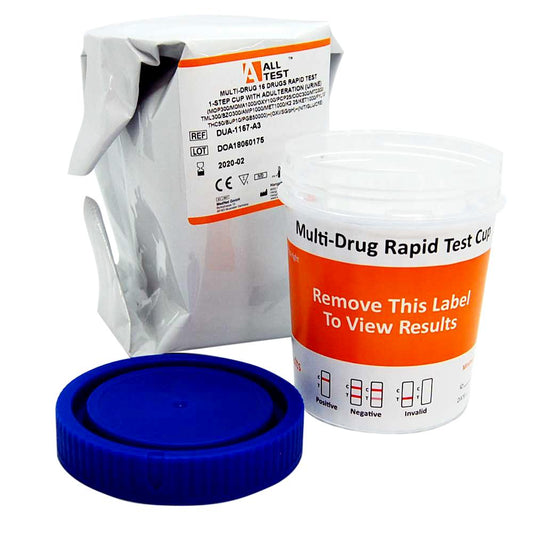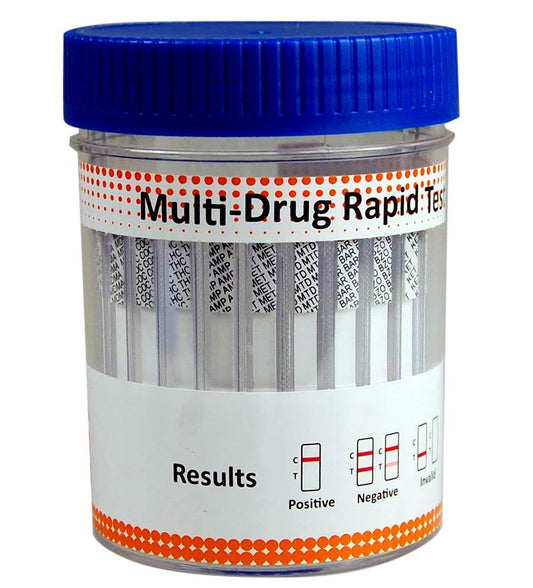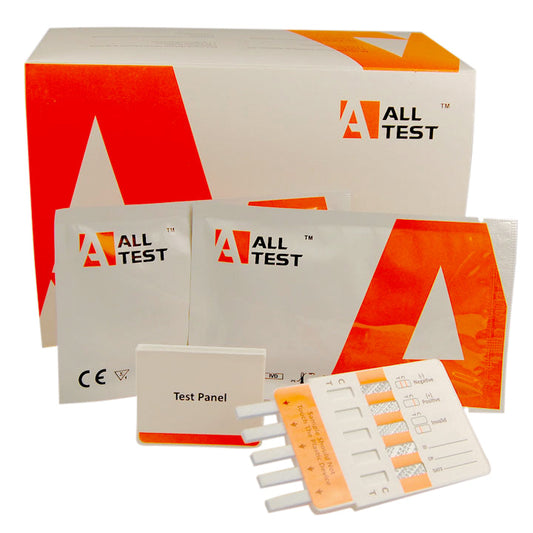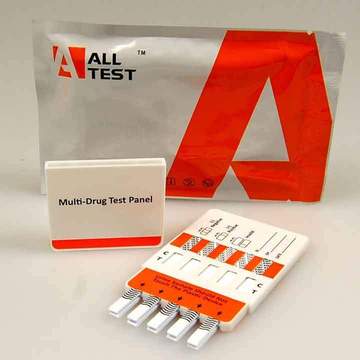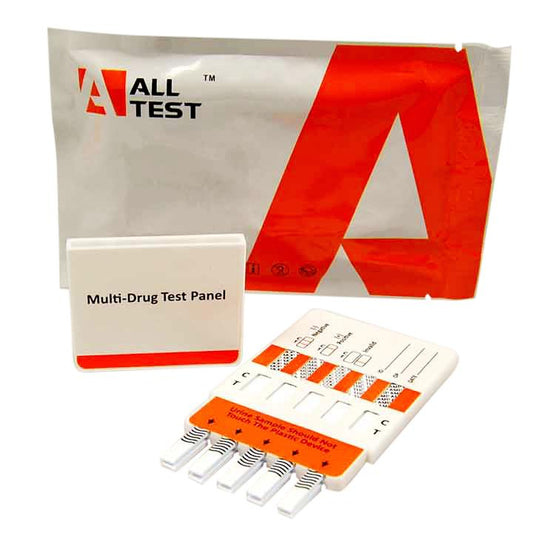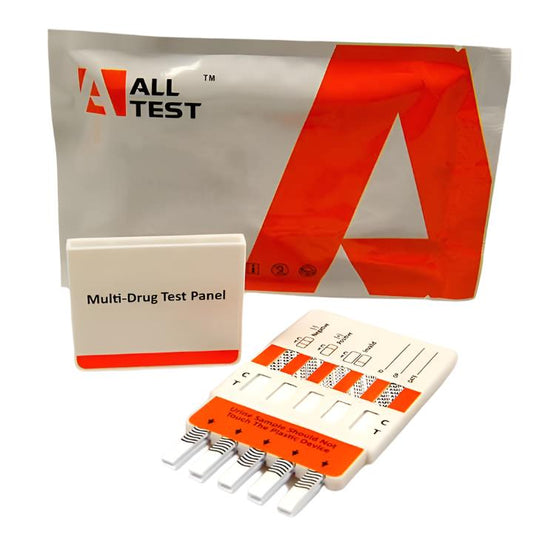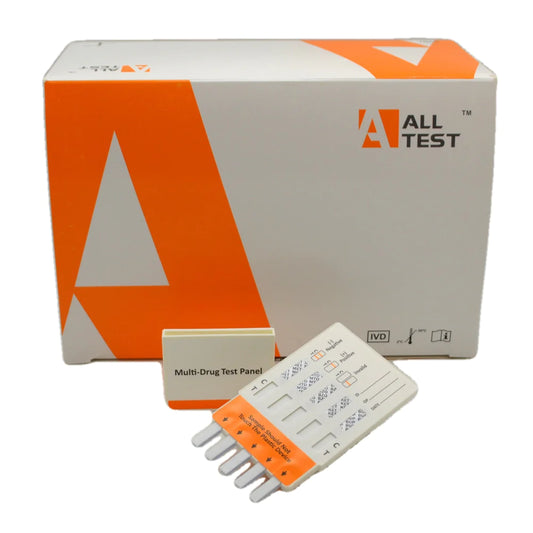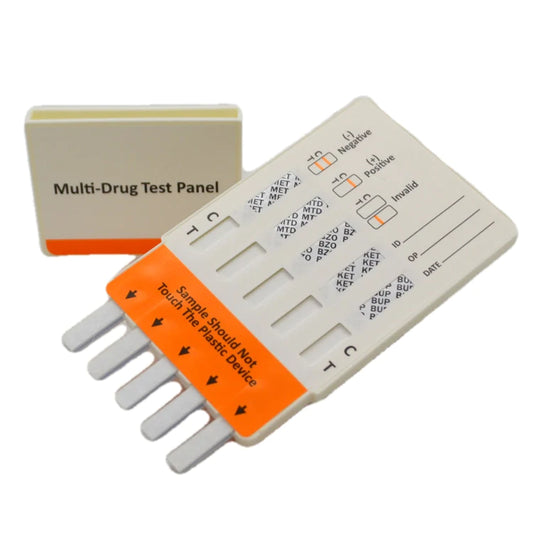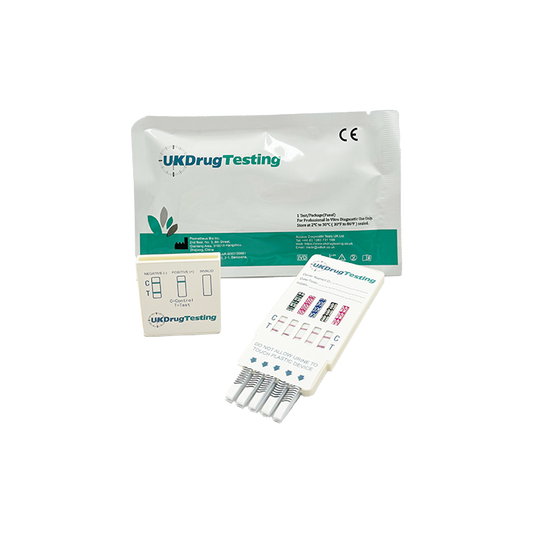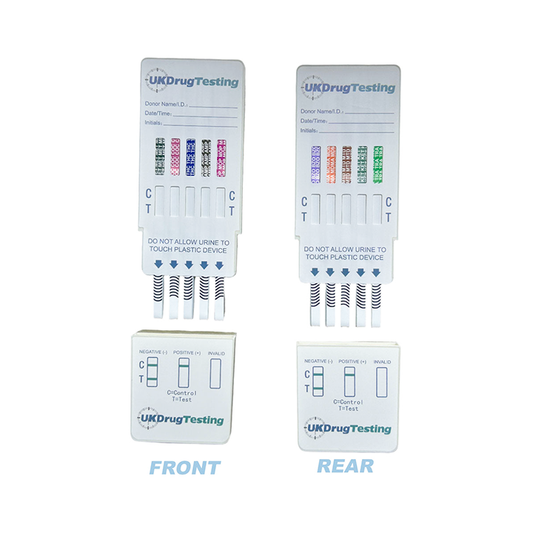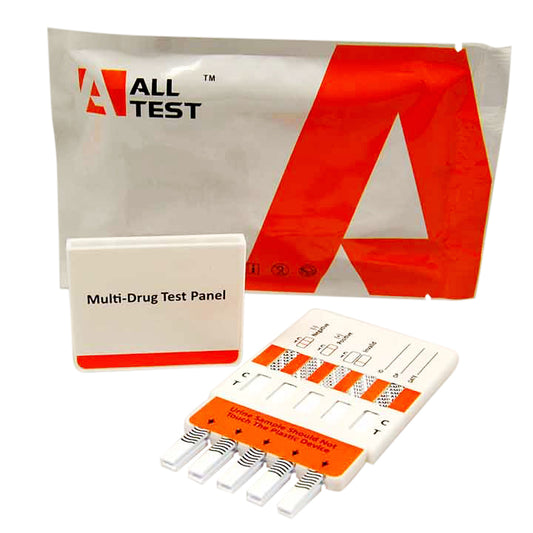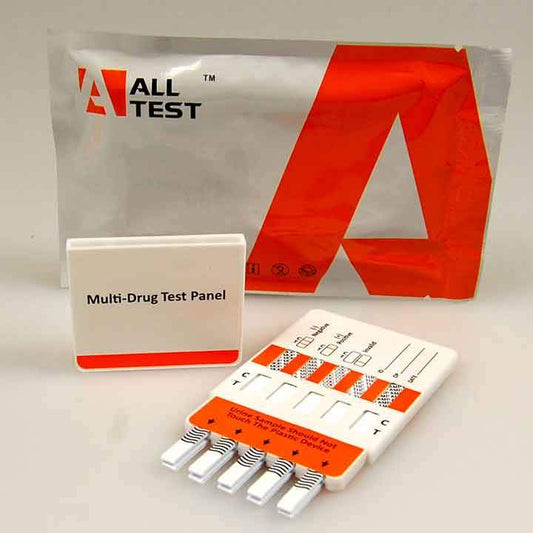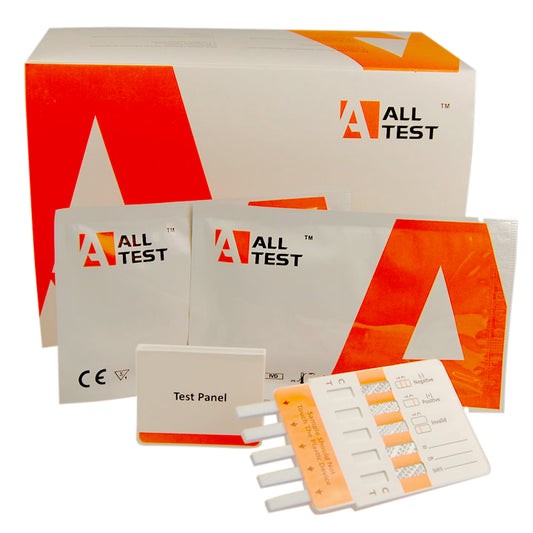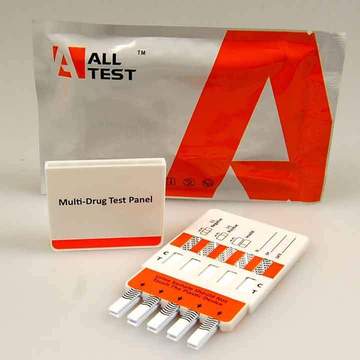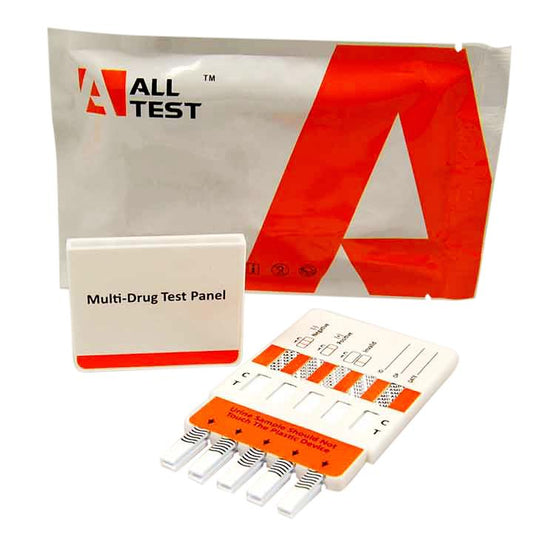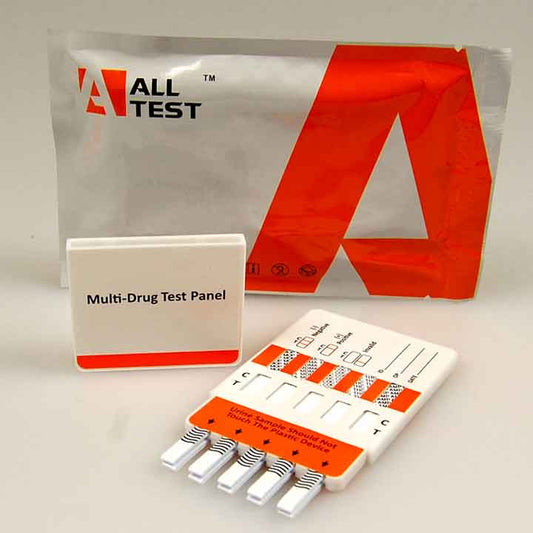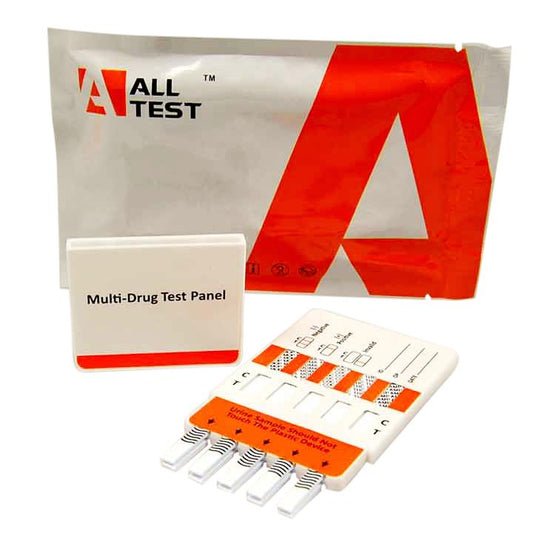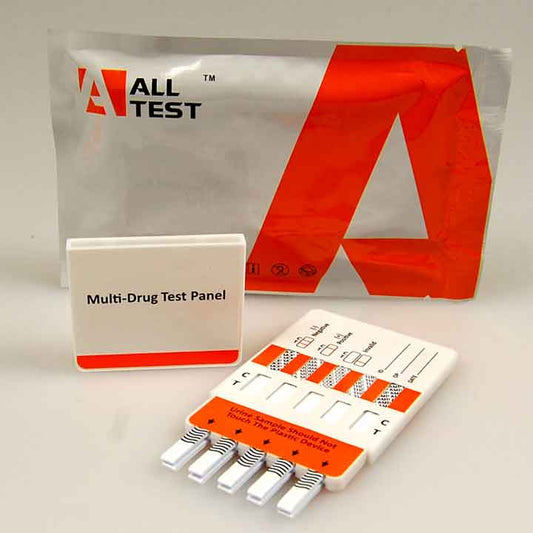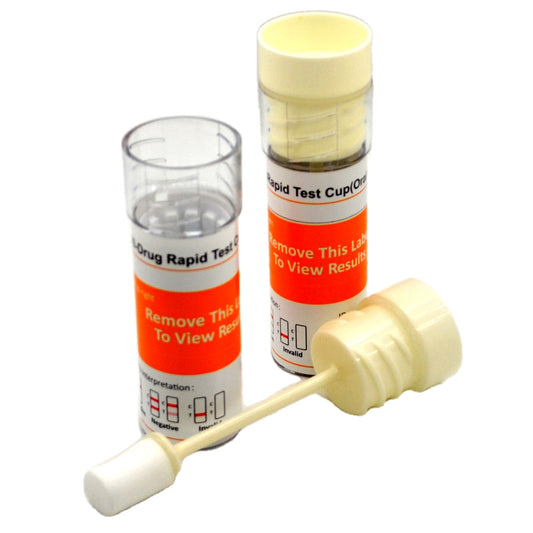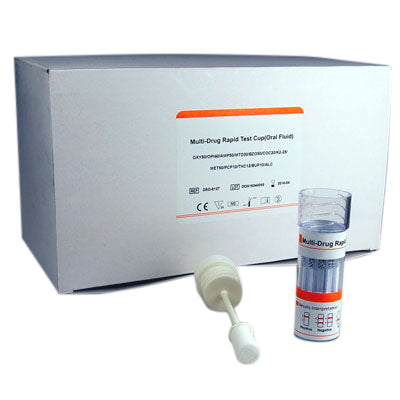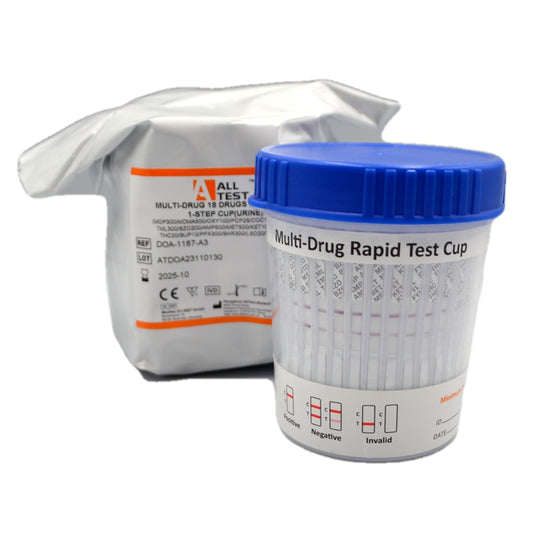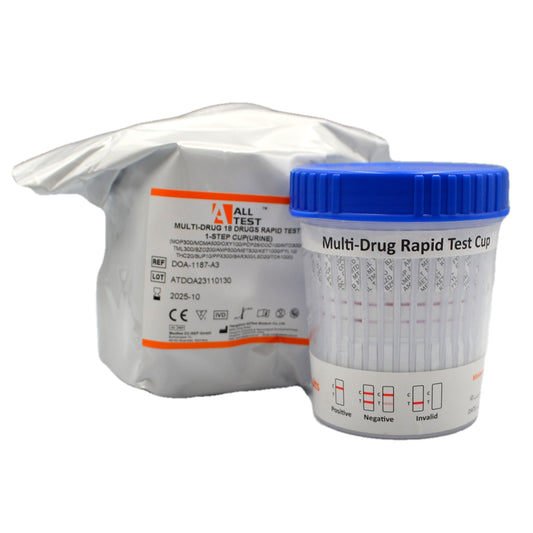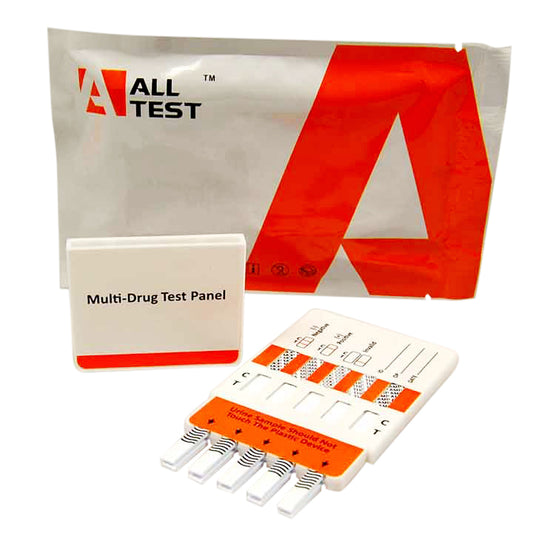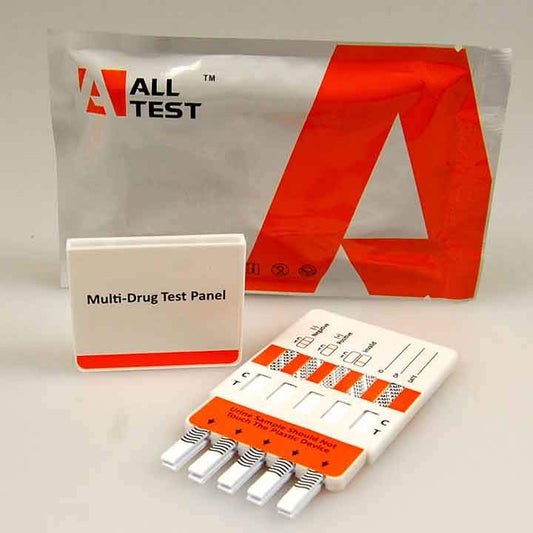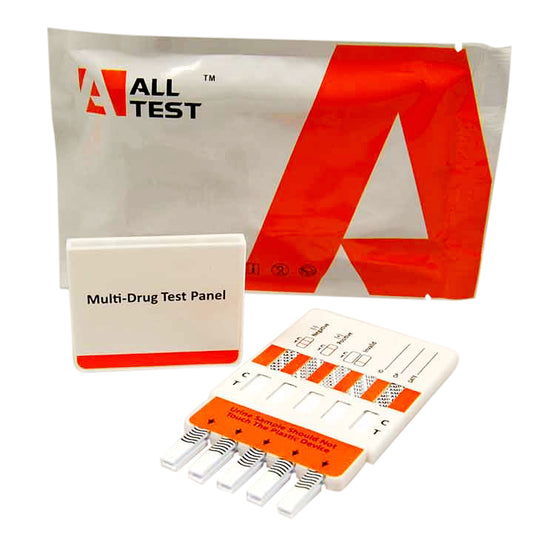Collection: Methamphetamine Drug Tests
-
Wholesale ALLTEST DOA-1107-B1-TRAM/KET 10 Multi Drug Urine Cup Test
No reviewsRegular price From £2,999.99 GBPRegular priceUnit price / per -
Wholesale ALLTEST DOA-1137-A1 13 Multi Drug Test Kit Urine Cup Test
No reviewsRegular price From £3,400.00 GBPRegular priceUnit price / per -
ALLTEST DOA-1137-A1 13 Panel Urine Cup Multi Drug Test Kit
No reviewsRegular price From £7.99 GBPRegular priceUnit price / per -
ALLTEST DOA-1107-B1-TRAM/KET 10 Panel Urine Cup Multi Drug Test Kit
No reviewsRegular price From £7.25 GBPRegular priceUnit price / per -
ALLTEST 11 Panel Standard Industry Urine Cup Drug Testing Kit Urine DOA-1117-A1
No reviewsRegular price From £7.49 GBPRegular priceUnit price / per -
Workplace Saliva GC/MS Laboratory Confirmation Drug Test Pack (£66 per single drug)
No reviewsRegular price £66.00 GBPRegular priceUnit price / per -
UKDrugTesting ULTRA Sensitive 13 Panel Urine Cup Multi Drug Test Kit DOA-1137-A3/Ultra
No reviewsRegular price From £7.99 GBPRegular priceUnit price / per -
Wholesale ALLTEST Combo One 5 Panel Urine Multi Drug Test Kit
No reviewsRegular price From £976.31 GBPRegular priceUnit price / per -
ALLTEST 10 Panel Multi Drug Test Kit DOA-1104-KET/COT/K2
No reviewsRegular price From £5.25 GBPRegular priceUnit price / per -
ALLTEST DOA-1107-A1 10 Panel Employment Urine Cup Drug Test Kit
No reviewsRegular price From £6.95 GBPRegular priceUnit price / per -
ALLTEST 17 Panel Urine Cup Multi Drug Test Kit
No reviewsRegular price From £9.49 GBPRegular priceUnit price / per -
ALLTEST 10 Panel (2 x 5) Multi Drug Test Kit For Parents Schools Combination
No reviewsRegular price From £6.75 GBPRegular priceUnit price / per£5.75 GBPSale price From £6.75 GBP -
ALLTEST 7 Panel Ultra Sensitive New Club Drugs Urine Multi Drug Test Kit
No reviewsRegular price From £3.45 GBPRegular priceUnit price / per -
ALLTEST Surface And Powder Multi Drug Identification Test Kit - 10 PANEL DRUG TEST
1 reviewRegular price From £8.40 GBPRegular priceUnit price / per -
UKDrugTesting 10 Urine Panel Workplace Drug Test Kit
No reviewsRegular price From £4.99 GBPRegular priceUnit price / per -
ALLTEST 5 Panel Urine Home Multi Drug Test Kit Combination One
No reviewsRegular price From £2.99 GBPRegular priceUnit price / per£3.15 GBPSale price From £2.99 GBPSale -
ALLTEST 10 Panel Multi Drug Urine Test Kit DOA-1104-KET
1 reviewRegular price From £4.16 GBPRegular priceUnit price / per -
ALLTEST 7 Panel Urine Multi Drug Test Kit
No reviewsRegular price From £3.45 GBPRegular priceUnit price / per -
ALLTEST Workplace 7 panel Multi Drug Test Kit Wholesale
No reviewsRegular price From £1,250.00 GBPRegular priceUnit price / per -
ALLTEST 12 in 1 Saliva Multi Drug Test Kit With Alcohol DSD-8127
No reviewsRegular price From £13.92 GBPRegular priceUnit price / per -
ALLTEST 18 Panel Urine Cup Multi Drug Test Kit
No reviewsRegular price From £11.99 GBPRegular priceUnit price / per -
ALL TEST Club Drug 5 Panel Urine Multi Drug Test Kits
No reviewsRegular price From £2.99 GBPRegular priceUnit price / per£3.15 GBPSale price From £2.99 GBPSold out -
Wholesale ALLTEST Club Drug 5 Panel Urine Multi Drug Test Kit
No reviewsRegular price From £976.31 GBPRegular priceUnit price / per
Methamphetamine Tests
Methamphetamine tests are used to detect the presence of methamphetamine or its metabolites in the body or on a surface. These drug tests are used for a variety of reasons, including drug screening, monitoring drug use, and investigating drug-related crimes.
Here are some of the most common types of methamphetamine tests:
-
Urine test: This is the most common type of test and is used to screen for recent methamphetamine use. Methamphetamine and its metabolites can be detected in urine for up to three to five days after use.
-
Saliva test: A saliva test can detect methamphetamine use within a few hours after use. Saliva tests are often used in workplaces or in situations where immediate detection is required.
-
Surface test: A methamphetamine surface test is a test used to determine if methamphetamine residue is present on surfaces such as walls, floors, or furniture. Methamphetamine use or production can leave behind residues that can be harmful to people who come into contact with them. Surface testing is commonly used in homes, rental properties, or other buildings where there is a suspicion of methamphetamine use or production.
-
Hair test: Methamphetamine can be detected in hair samples for up to 90 days after use. Hair tests are typically used in drug treatment programs or in legal proceedings.
-
Blood test: A blood test can be used to detect methamphetamine in the bloodstream, which can be useful in investigating drug-related crimes. Methamphetamine can be detected in blood for up to 24 to 72 hours after use.
It's important to note that while these tests can detect the presence of methamphetamine, they cannot determine the amount of the drug that was consumed or when it was consumed. Additionally, false positives or negatives can occur with any drug test, so it's important to consider other factors and confirm results with additional testing if necessary.

